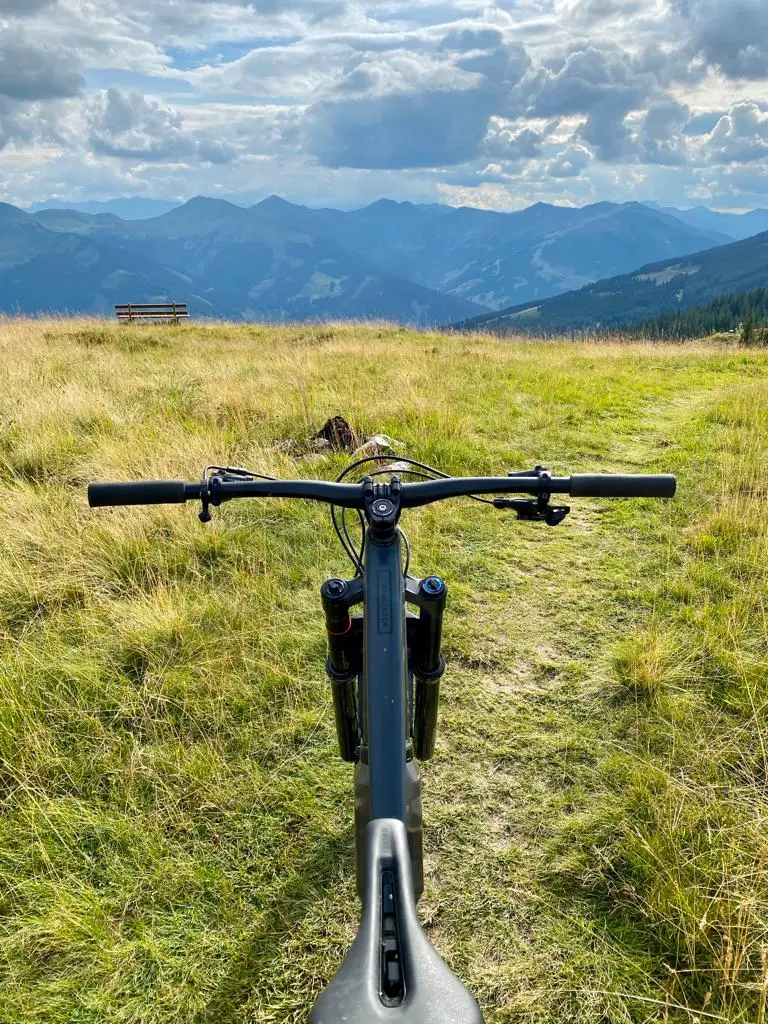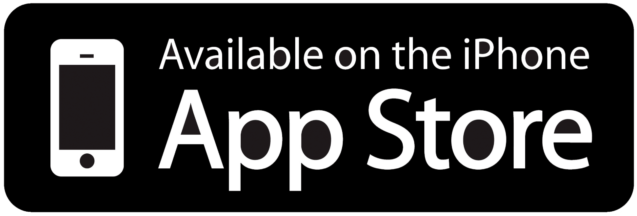MTB set up tips. Here are 3:

MTB set up tips. Here are 3:
They are three very underrated but very important parts you need to set up right. Your mountain bike’s saddle position, your bar and your brakes. All three parts directly influence your riding performance and safety on your bike. Therefore we wrote this blog post with important mtb set up tips especially for those parts.
Set your saddle position
The first big tip for the saddle is simple but very important: Your saddle should be horizontal.
The second tip is how your seat should be positioned vertically: Saddle position vertically is right, when the knee is in the same position as the center of the pedal. So the knee and the center of the pedal should be one line looking from the side. You can take a bar or something like that and control your vertical line.
And the last tip of the three MTB set up tips for your mountain bike saddle is about the height. The knee should be almost stretched when the pedal is pushed down and heel is on pedal. This is relevant for all enduro mountain biker out there. Also the height is considered right, when the saddle is a little bit below the upper edge hip bone. So when you are standing next to your bike. Let’s continue with the next of our three MTB set up tips.
Now we are going to talk about MTB set up tips for your handlebar
The rule of thumb is, the handlebar should show towards your upper body. Depending on if you ride a lot downhill or uphill your upper body position changes. Please adapt the handlebar accordingly. So when should I ride narrow handlebars? Narrow handlebars usually help you to fit through tight gaps. If you ride often in densely wooded forest where trails lead past many trees, maybe a narrow handlebar is better for you. Also a handlebar, which is more narrow, is more agile in steering. On the other hand a wider bar gives you more lateral stability. Moreover the steering becomes more precise, the wider the bar is. And of course leverage increases, the wider the handlebar.
MTB set up tips for the height of your handlebar?
A rule of thumb is, the bigger you are, the higher your handlebar should be and vice versa. Also another parameter taking into account is which terrain you ride. The steeper the trails you are riding, the higher the bar should be.
What to watch out when setting up your brake
Here we have a very simple and powerful rule for you as well: Hand and Wrists should be one line with arms. And the point of pressure of the brake lever should be about 2-3 cm away from the handlebar.
How to choose the right brakes?
Usually you want to have brakes with the largest braking power. Braking power is why we have brakes, so this characteristic is what you should be looking for when choosing the right brakes. How do I evaluate if the brakes I want to buy have a lot of braking power? Here are two variables you should be looking at: Rotor size and pad compound. This means that the number of pistons is not the main factor why your brakes have more or less braking power.
Thermal control in brakes
Here you can also say that the larger the piston surface area and rotor size and thickness. The larger/thicker those two elements are, the better the thermal control is. So if you ride longer descents, and you want to avoid glazing braking pads and overheating braking rotors, watch out for the size of the previously mentioned elements, rotor size and piston surface area.
Last aspect in our MTB set up tips series: What about braking pads?
Organic pads usually have more power at lower temperatures, but they wear out faster and overheat faster. Sintered brake pads are performing better at higher temperatures, are better in the wet, last longer and are more resistant to overheating.
We hope you enjoyed those MTB setup tips for saddle, bar and brakes and it helps you to improve your riding and be more comfortable on your Mountainbike. Do not forget to try our app SAGLY. Download it for free and document, tune and compare your mountainbike settings.
Download SAGLY, a complete mobile guide for your mountain bike riding, suspension settings and maintenance.

